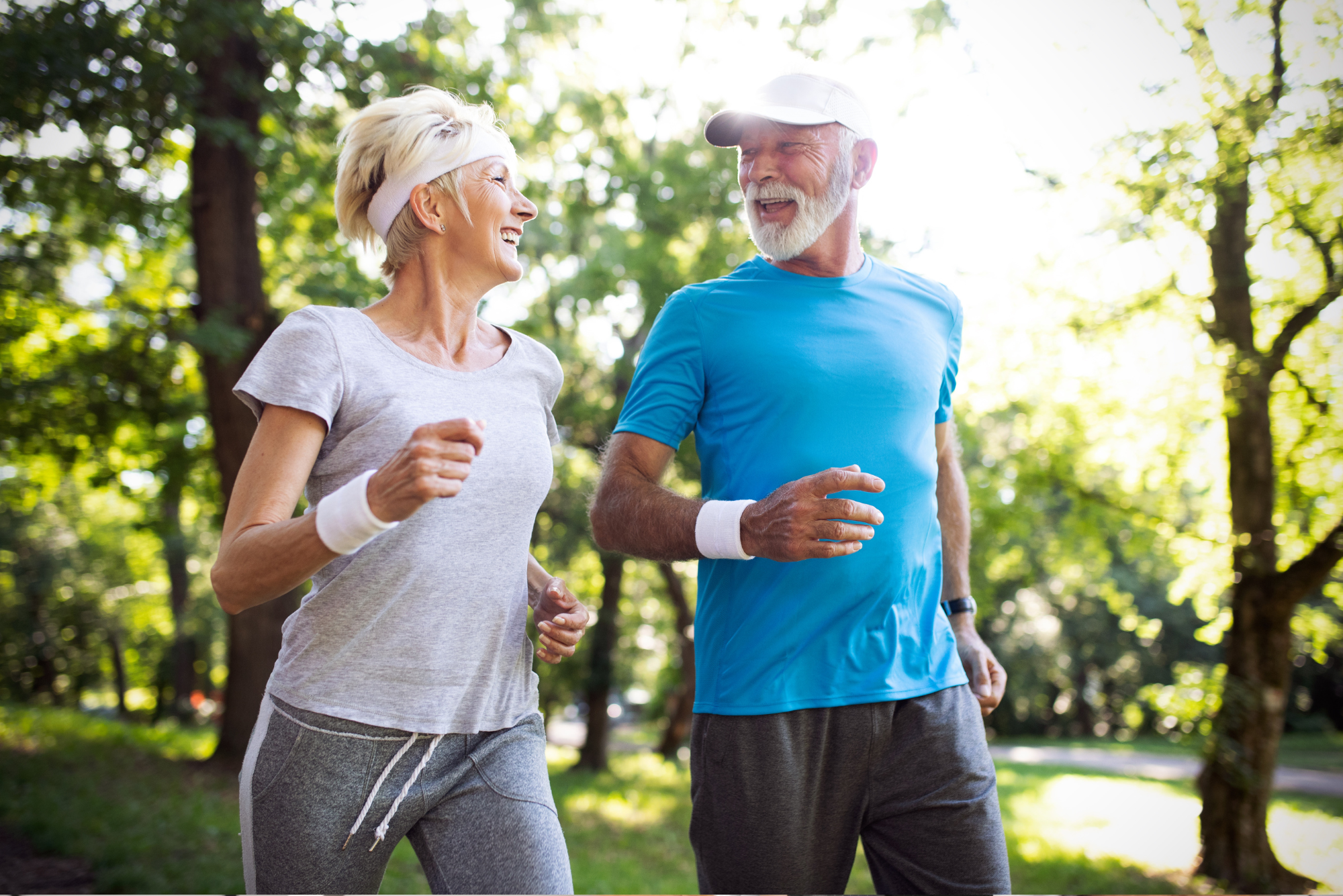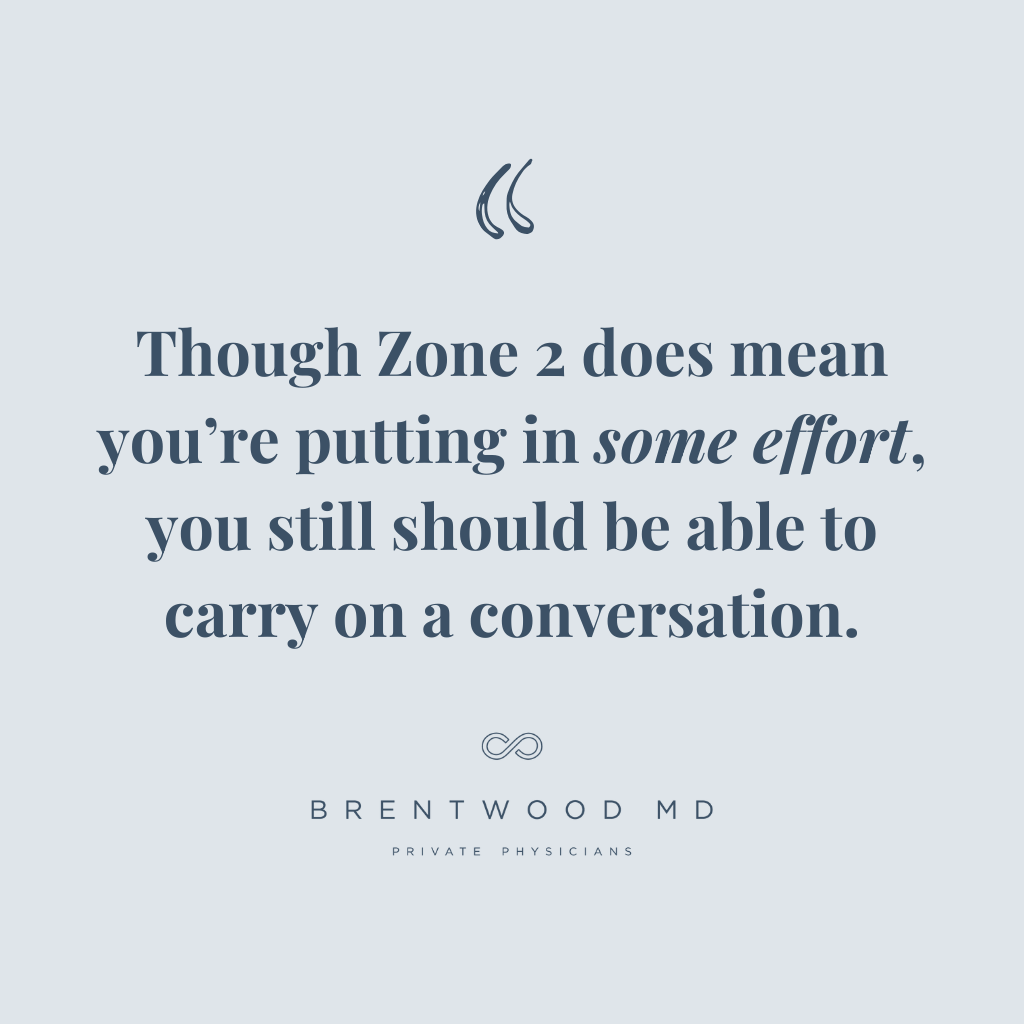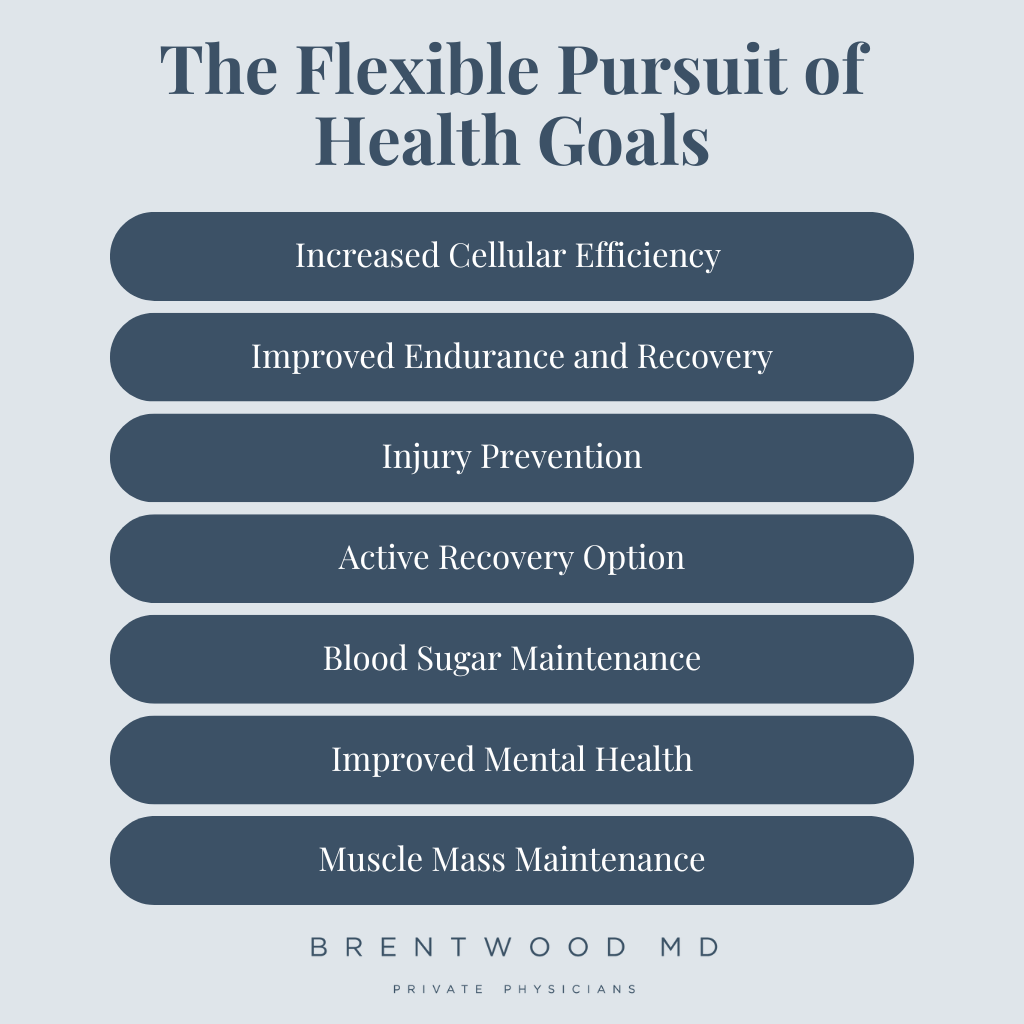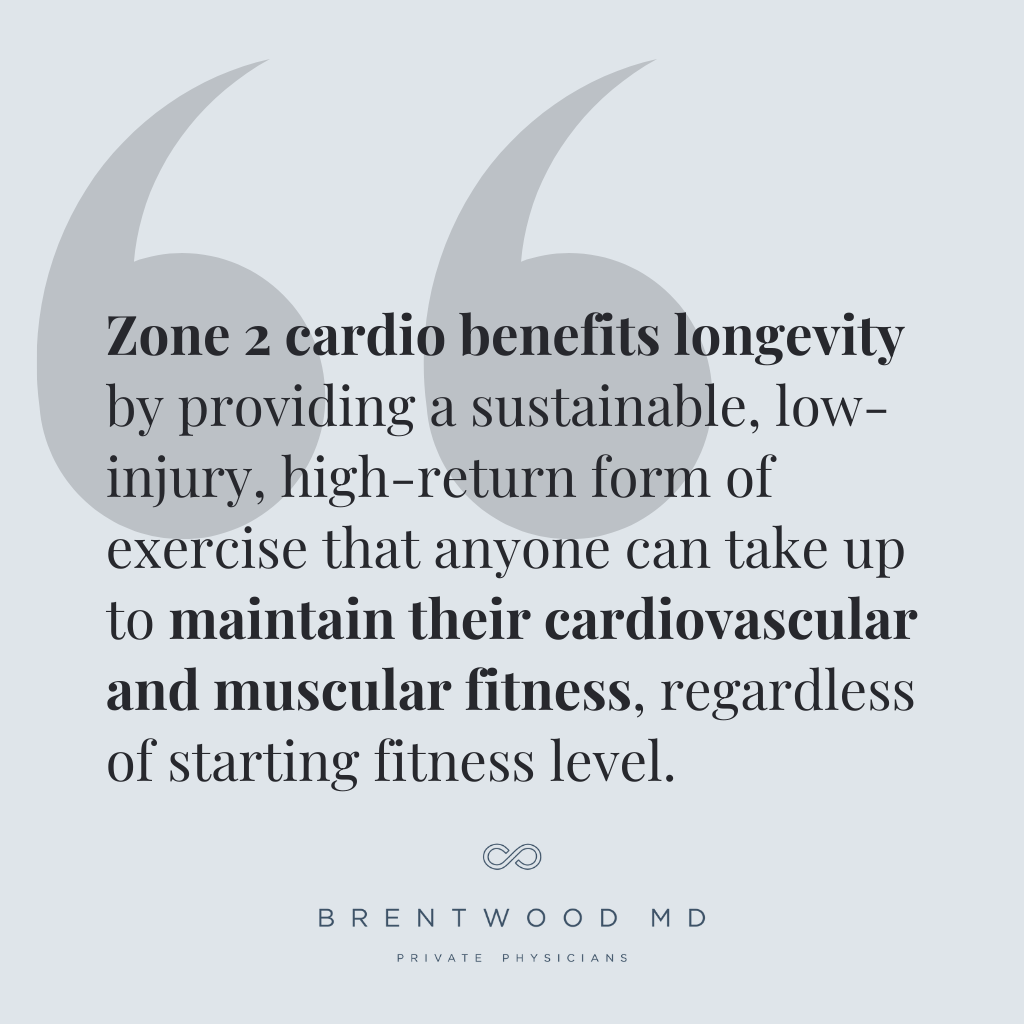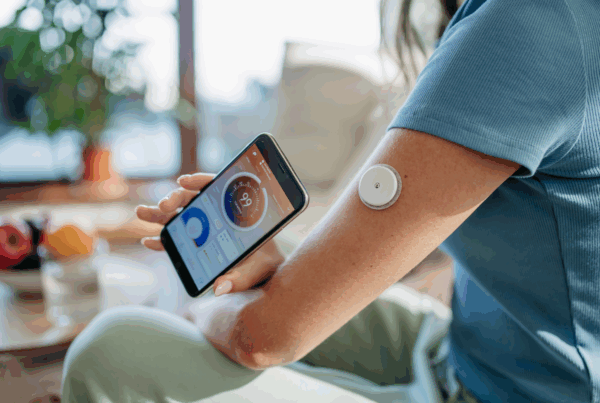Download file | Play in new window | |
One topic that’s been generating a lot of buzz in the health and fitness realms in the last few years is Zone 2 training. Maybe you’ve heard of it.
As a physician interested in health multipliers, I’m always on the lookout for more effective ways to help members optimize their health and longevity. Since Zone 2 training seems to be showing promise, I thought it was time to document some thoughts on the subject.
So, what exactly is Zone 2 training, what are its benefits, and is it relevant to you?
What Is Zone 2 Training?
The concept of “zone” training places all physical exertion along a spectrum divided into six “zones.” Each zone represents a particular level of exercise intensity determined by an individual’s heart rate.
At the start of the spectrum, Zone 1 represents warm-up activities like stretching or brisk walking.
At the other end, in Zone 6, you’re putting forth maximum effort in the highest intensity exercise you can manage, reaching 90–100% of your maximum heart rate. You’re sprinting, swimming, rowing as fast as you can for as long as you can.
In between those extremes lies Zone 2, which involves moderately intensive exercise that raises your heart rate to a modest 60–70% of your maximum. Often, these workouts last longer than higher-intensity routines, allowing for greater total effort spread over a wider period.
As you might imagine from the description, Zone 2 training primarily describes cardio exercise, like light running, cycling, or power walking.
How to Calculate Zone 2 Heart Rate
Fortunately, the formula for finding your target Zone 2 heart rate is simple.
First, take 220 minus your age to get the theoretical maximum heart rate you could achieve. Then multiply the result by 60%.
So, if you’re 40 years old, your target heart rate for Zone 2 training would be 220 – 40 = 180, times 0.6, or 108 beats per minute.
A wearable fitness tracker makes finding and maintaining your Zone 2 heart rate relatively simple, but it isn’t the only way. Even without a gadget handy, you can evaluate your zone using the “conversation test.”
Though Zone 2 does mean you’re putting in some effort, you still should be able to carry on a conversation. If you were talking to someone on the phone, they’d be able to tell you were active, but you could talk with them fairly normally.
What Are the Benefits of Zone 2 Training?
If Zone 2 cardio benefits were all buzz, we wouldn’t be talking about them. But there are some real and significant benefits of Zone 2 training, both for your immediate and long-term health.
Immediate Benefits of Zone 2 Cardio Training
Increased Cellular Efficiency
To understand this benefit, let’s flash back to high school biology for a moment. You probably haven’t had to label the structures of a cell in a while, but perhaps you’ll remember the mitochondria.
Famously, these little organelles are known as the powerhouse of the cell. And not just one or two cells. Every cell in your body relies on mitochondrial power production.
Mitochondria produce ATP, the universal energy currency for human beings. The more ATP you have, the more energy you have.
One of the remarkable benefits of Zone 2 cardio training is its ability to stimulate efficient ATP production in your mitochondria.
Low-intensity optimization of your ATP production lays important groundwork for energy availability when you need it downstream. In other words, training your mitochondria today helps you run faster, jump higher, and lift better in the future.
Improved Endurance and Recovery
More energy availability translates into greater exercise stamina and quicker recovery. All that hyper-efficient ATP production helps sustain high-level performance and allows you to explore exercise with very high output. Plus, even when you work out hard, you recover more quickly, which benefits your exercise consistency.
Injury Prevention
Because Zone 2 cardio training doesn’t require intense physical activity, it carries very low risk for overexertion, accident, or injury.
A strained muscle, twisted ankle, or other injury can take a long time to fully heal; a perhaps less obvious but significant issue that can:
- Prevent regular exercise for the moment
- Overturn established workout habits
- Regress hard-earned fitness progress
Any exercise you can consistently perform over a long period — with good benefits and a low risk of injury — supports the consistency needed for long-term wellness.
Active Recovery Option
While injuries typically need passive recovery, active recovery still involves some level of activity. This might include a brisk walk, a light jog, a swim, or a game of tennis.
These activities don’t require a burdensome outlay of energy, but they do engage the basics: firing your nervous system, pumping your blood, contracting your muscles, and generally moving your body.
This is an area where the benefits of Zone 2 running — or walking — shine.
Blood Sugar Maintenance
Many studies have demonstrated the benefits of light to moderate post-meal exercise in controlling blood sugar. Aiming for a little Zone 2 cardio after a meal will help regulate your blood glucose in the short term, an important strategy in preventing the long-term negative effects of uncontrolled high blood sugar.
Improved Mental Health
When you get up and move, your body produces feel-good chemicals that boost your mood and help relieve stress, anxiety, and depression. Plus, regular exercise provides time out to “reset” during the day and offers a sense of accomplishment even if nothing else goes right.
With Zone 2 cardio training specifically, you don’t tire yourself out to the point of exhaustion, leaving energy for other pursuits in your day. And, as the “conversation test” implies, you can make Zone 2 training a social pursuit — another support to mental health.
Longevity Benefits of Zone 2 Cardio Training
Of course, all the above benefits of Zone 2 cardio training contribute to feeling great and living for a long time. But one particular benefit stands out in its contribution to longevity.
Muscle Mass Maintenance
As we get older, we gradually and progressively lose our lean muscle mass and strength. It’s a normal part of the aging process, but the resulting condition — called sarcopenia — greatly impacts longevity and quality of life.
Our human experience is rooted in the strength of our infrastructure — our muscles and bones. When we lose that strength, we become progressively less capable in our daily tasks and more vulnerable to dangers like falls and breaks.
Though as a society we’ve come to accept age-related sarcopenia, I want to challenge that view. Yes, certain normal biological factors, like menopause, contribute to lean muscle loss, but that doesn’t mean there’s nothing we can do to fight back. Like other chronic disease, we can prevent and we can delay.
Physical inactivity is a major contributor to sarcopenia. In other words, the less active you are, the sooner the condition develops and the faster it progresses.
Establishing a sustainable routine for lean muscle maintenance doesn’t just keep you fit and healthy today; it’s an investment in an independent, fulfilling future.
Zone 2 cardio benefits longevity by providing a sustainable, low-injury, high-return form of exercise that anyone can take up to maintain their cardiovascular and muscular fitness, regardless of starting fitness level.
How to Incorporate Zone 2 Training
If you’re just taking the first steps on your fitness journey, Zone 2 cardio training is a good place to start. Zone 2 training is about perceived exertion, so your regimen won’t necessarily match someone else’s. Find what works for you to break out of that sedentary routine.
If, however, you already have an established fitness routine, that’s excellent. I’m not here saying you have to make drastic changes to a program you enjoy.
If you’re in this boat but still interested in the benefits of Zone 2 cardio training discussed above, you can simply make small adjustments to incorporate Zone 2 training into your current fitness routine.
This works for any fitness level. If your preferred exercise is walking, just walk a little faster or slower to hit the Zone 2 target heart rate. If you enjoy CrossFit, simply ramp down the intensity a bit.
You don’t have to stop doing what you love to get the benefits of Zone 2 cardio training. It’s a versatile and accommodating fitness approach that can sustain you well into old age.
Benefits of Zone 2 Cardio Training: Final Thoughts
If you want your future self to thank you for an excellent quality and quantity of life, exercise is key. And within that exercise, sustainability is the secret to long-term gains.
While it isn’t the only exercise that can keep you vital and healthy, Zone 2 cardio training’s benefits make it an attractive baseline or addition for many people — especially if you’re just embarking on your fitness journey.
That said, if another approach suits you better, that’s absolutely fine. You know yourself and what gets you moving each day. In the end, the best exercise routine is the one you actually do!
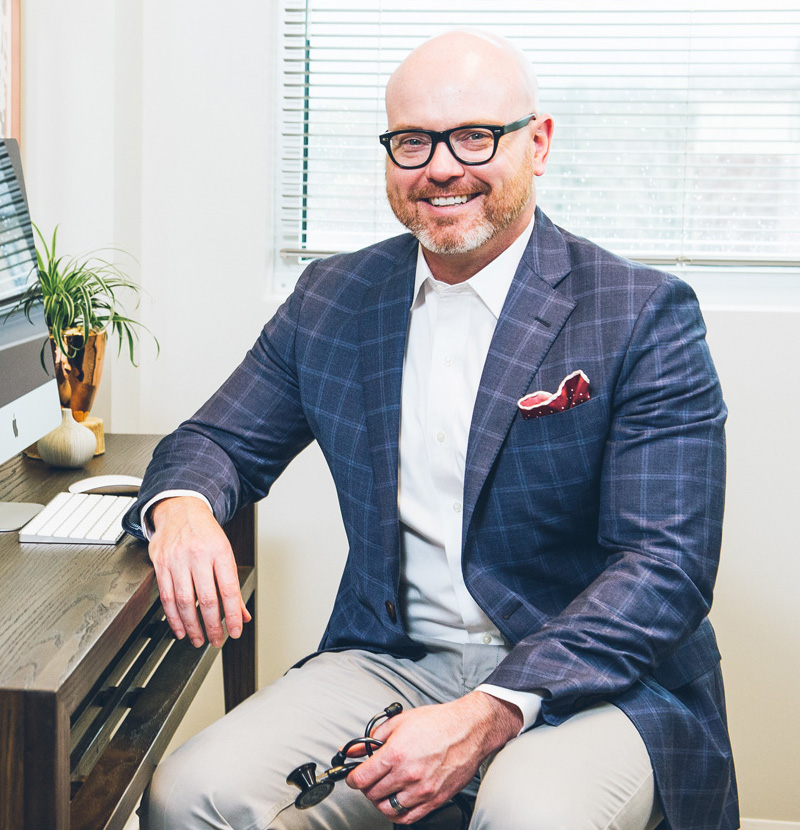
Dr. Aaron Wenzel is a concierge physician specializing in the care of fast-moving entrepreneurs, executives, and public figures in the Nashville, TN area. Dr. Wenzel’s diverse life experience and extensive training in family medicine, emergency care, nutrition, and hormone replacement therapies give him the unique platform to provide unmatched care for his patients.



